Spine Overview
Intervertebral disc
The intervertebral disc serves to allow flexible movement of human spine and it also acts as a shock absorber or cushion.
It is composed of well-hydrated gel filled nucleus at its central and inner portion (like the same portion of a car’s tyre), and an outer annular fibrous layer (like the rubber outer layer of a tyre. 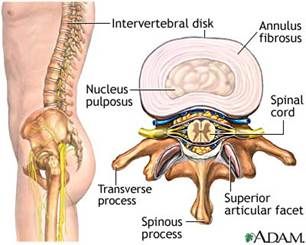
A young and healthy disc
In many ways, the disc analogous to an automobile tyre. As long as the disc remains young, hydrated and being pressurized, it remains strong to support our body weight. A young and healthy disc will be revealed as a White Disc on MRI study of our spine in T2 image. 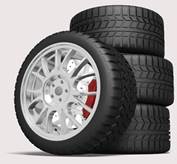
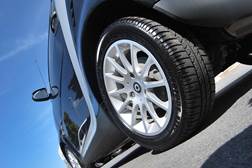
An old and unhealthy disc
However, due to the following reasons:
- Natural history of our body’s aging & degeneration after the age of 27.
- Wear & tear due to our daily activities: e.g. prolonged sitting, weight bearing or lifting, sport impact, loading & twisting on our spine, etc.
- Injury: sport or household injury, occupational or accidental injury, etc.
Our intervertebral disc may become dehydrated (water loss) or dry up at the central gel filled nucleus portion (become a black disc on MRI T2 images), it will depressurizes like to become an old flatten tyre. 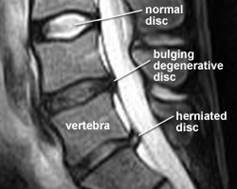
As soon as our disc depressurizes then problems may arise with the increased shear stresses developing on the outer side wall, just as one sees when a car tyre runs flat and fails. After then, depend on individual’s physical heath, various kinds of spine problem begin: 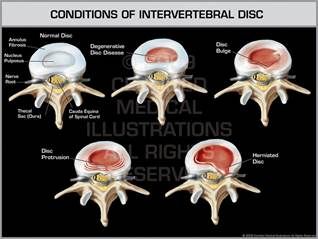
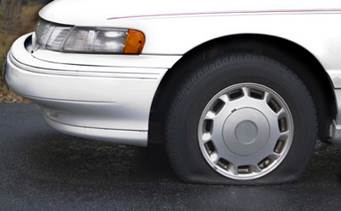
Various kinds of spine symptoms:
- Feeling of nausea, dizziness when spine at neck is affected.
- Stiffness: spine became less flexible in neck or lower back.
- Axial pain: headache, neck pain, back pain, etc.
- Radicular pain at limbs: headache, shoulder, arm, buttock or leg pain i.e. sciatica pain, etc.
- Radicular sensation disturbance: numbness, tingling, sense of needling, impaired sensation at shoulder, limbs, buttock, etc.
- Radicular motor disturbance: muscle weakness at part of our limbs
- Disturbed gait: Listing, limping, unsteady in walking, dragging foot while walking, unsteady and unbalancing gait, etc.
- Frequency and weakness in urination, frequent urination at bedtime (nocturia), or even incontinance, etc.
- Constipation, weakness in pass out stool or even bowel incontinence, etc.
- Disturbed sexual or erectile function, etc.





